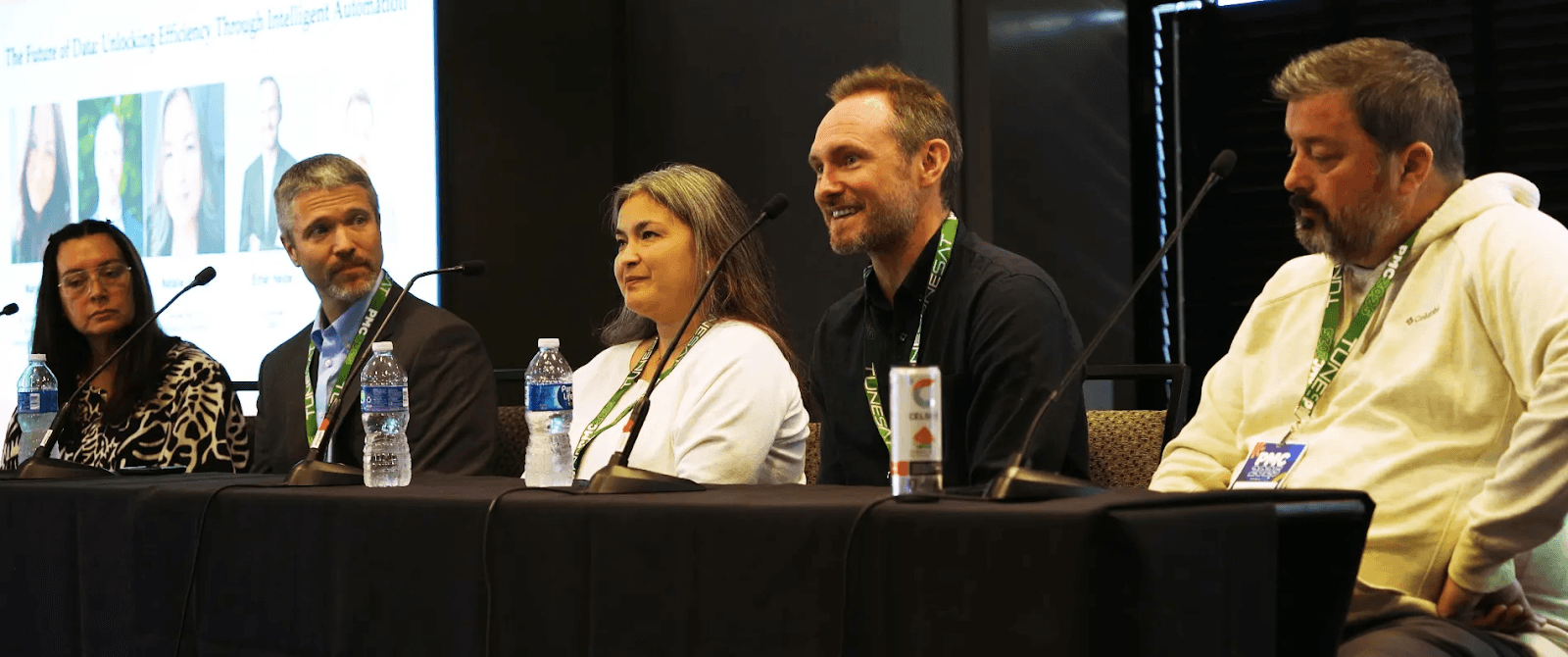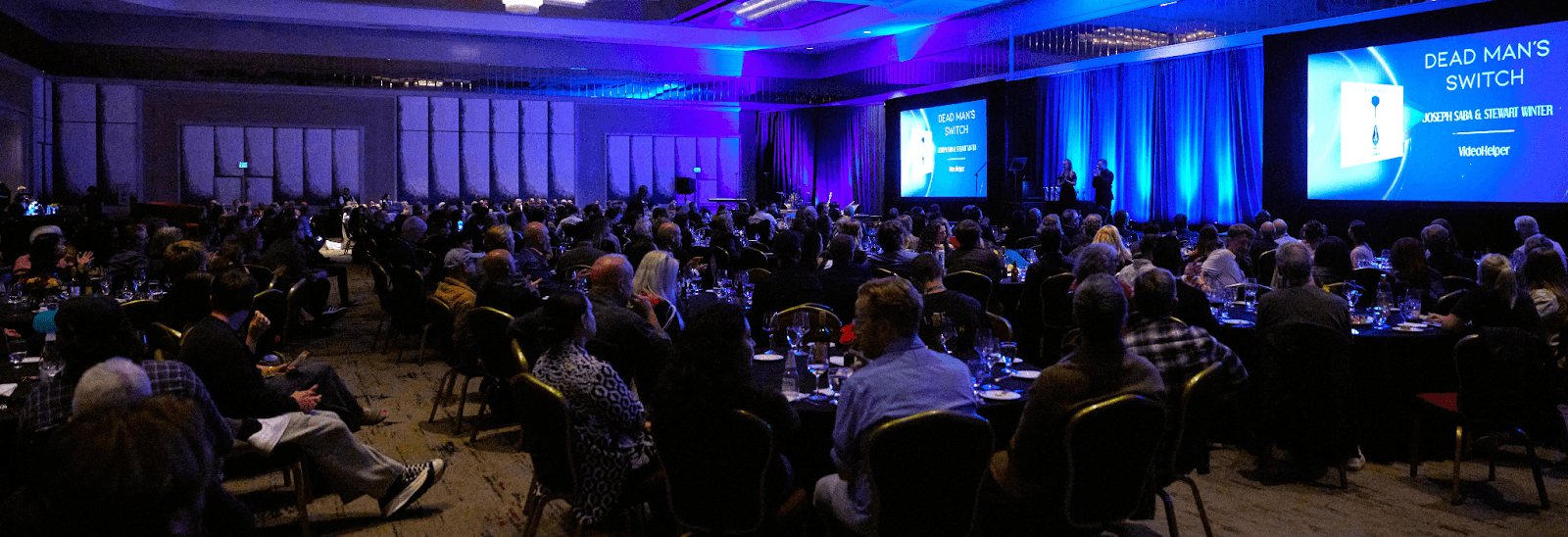- industry insights
PMC 2025: key takeaways on technology & AI in production music

PMC by the Production Music Association has always been the place where the production music world comes together to share what’s working, what’s changing, and what’s next. But this year felt different.
The conversations weren’t about whether to use AI. They were about how teams are already using it day to day. The consensus was clear: technology isn’t replacing creativity. It’s helping people move faster and focus on what really matters: the music.
To get a closer look at what that shift means, we sat down with AIMS co-founders Martin Nedved and Einar Helde, who shared their highlights from PMC 2025.
1. AI Technology is Here to Stay
AI has officially settled into the production music world. Instead of debating its place, people are now exploring how to use it better: where it adds real value and where the human touch still matters most.
Large language models are now part of daily life for most of us, and many in the industry are learning how to use them more effectively. That growing confidence makes assistive AI feel natural, and tools like Similarity Search and Prompt Search are quietly becoming staples in creative workflows.
During the panel “The Future of Data: Unlocking Efficiency Through Intelligent Automation,” Einar Helde reminded the audience that AI should support creativity, not control it. The spark still comes from the human side, while AI helps bring it to life.

2. Generative AI: Familiar Topic, Fresh Perspective
Generative AI remained a major talking point this year, though the tone has shifted toward responsibility and protection. Many in the industry see it as both a major development and a challenge, especially when it comes to preserving the value of human-made music.
New tools that can identify AI-generated content are starting to gain traction, with companies like Umbrella, Ircam Amplify, and MatchTune developing technology to support this effort. They work hand in hand with assistive AI, like AIMS, which helps surface and promote authentic, human-created music. It’s an encouraging development that points toward a more transparent and trustworthy ecosystem for everyone involved in production music
For us at AIMS, this shift feels promising. It shows that the conversation is maturing and that the industry is becoming more intentional about how AI is applied.
3. New Ways to Use AI Tech
One of the most exciting takeaways from this year’s event was seeing how creatively AIMS users are applying AI in their day-to-day work.
Two examples stood out: playlist curation and A&R discovery.
Supervisors and editors are now using assistive AI to build playlists of any size in a fraction of the time, filling them with great music effortlessly. It’s a task that used to be so manual and time-consuming it often never got done at all, and assistive AI is changing that.
In A&R, platforms like TrackTrove.ai are using AI to connect composers with the right production music labels, helping great tracks find their way to the right homes.
We love seeing how these use cases keep evolving. Every time someone finds a new way to use AIMS, it reminds us why we build: to make technology that supports the people behind the music.

Final Words
PMC 2025 was a great reminder of why this event matters. It brings the production music community together to share what’s working, tackle real challenges, and look ahead to what’s next.
This year’s conversations felt focused and forward-looking. The spotlight was on how people are actually using new tools to work faster, smarter, and with more confidence.
A big thank-you to the Production Music Association team for another fantastic edition. We’re proud to be part of a community that keeps pushing music forward.
